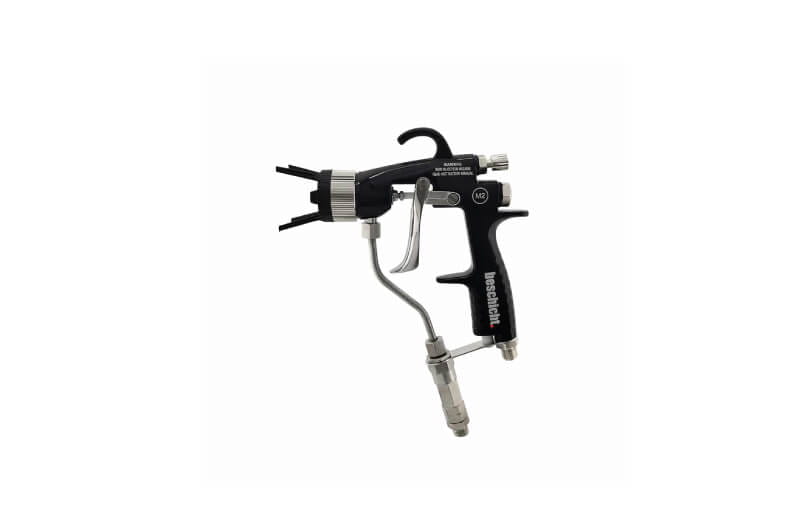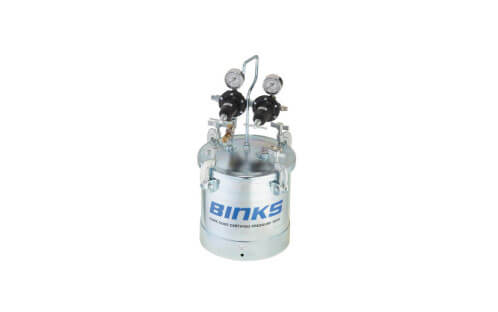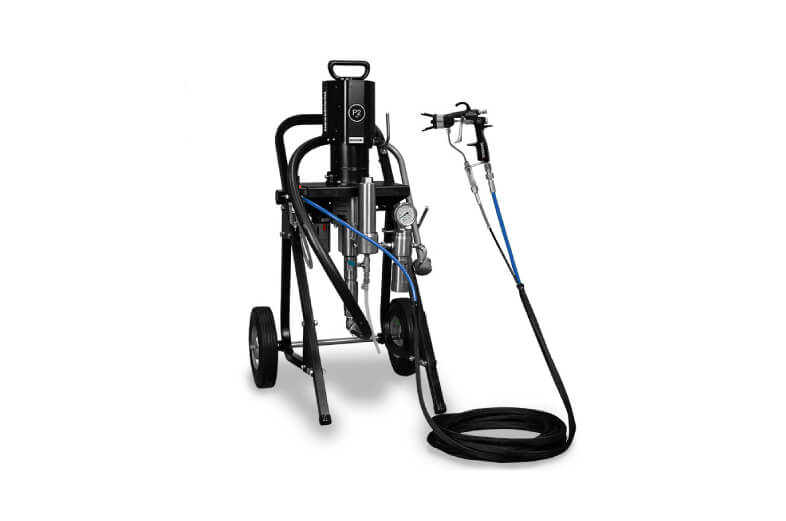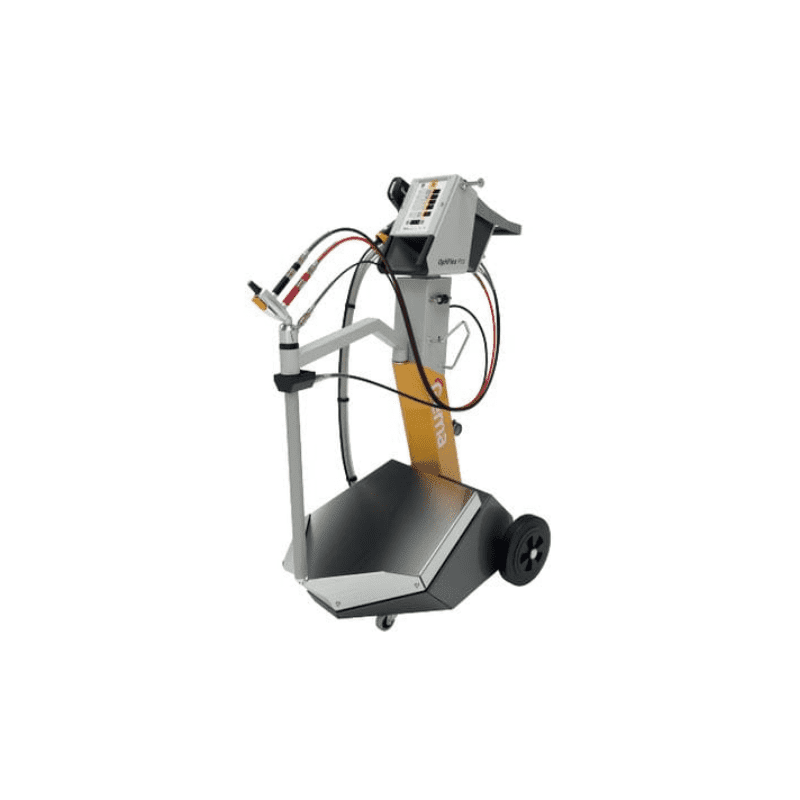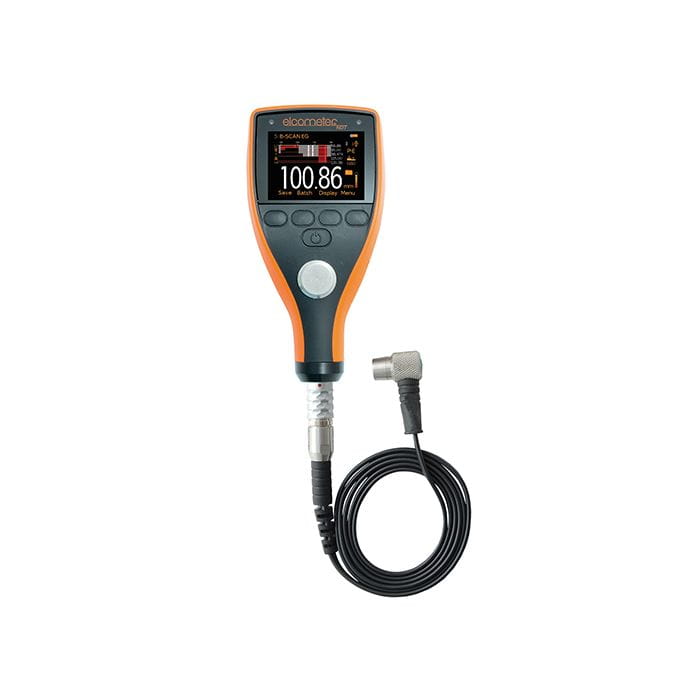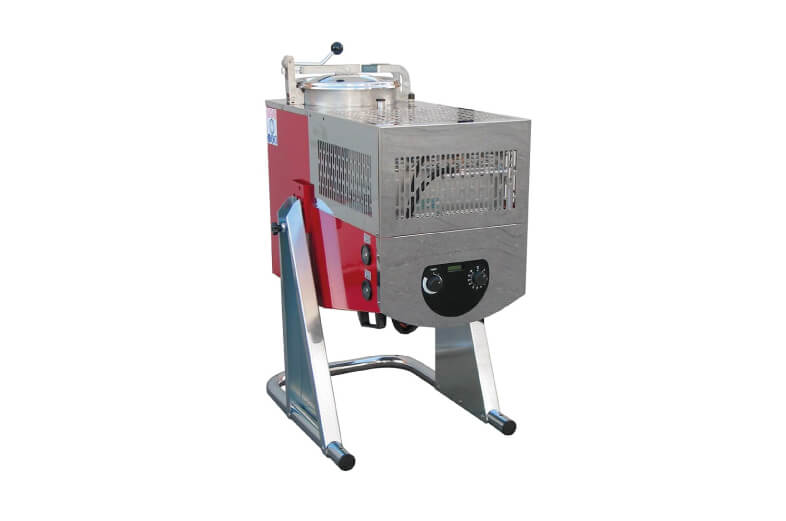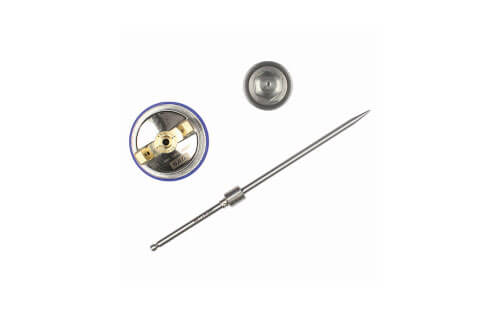Why choose a duplex system?
Steel corrodes when an electrolyte (e.g. water) combines with anodes and cathodes on a steel surface
. Corrosive elements form scaly iron oxides, which are known as rust. Corrosion must be prevented as much as possible.
Common methods for preventing corrosion on steel:
- cathodic protection (by using a sacrificial anode)
- To prevent corrosion, a barrier is created that prevents the electrolytes from combining with the steel. A so-called duplex coating is applied to the surface to be coated. This involves a combination of cathodic protection (galvanisation) and a barrier layer (paint or powder coating). With duplex coatings, two corrosion protection systems are combined. The galvanised steel (hot-dip galvanisation, electro- or spray galvanisation) is given a wet or powder coating.
What are the main advantages of duplex coatings?
- Longer service life of the coating system and the underlying substrate
- Delayed maintenance cycle – fewer touch-ups, lower maintenance costs
- Colour-coding
- Aesthetics
What are the measurement challenges of duplex measurement?
With conventional measuring instruments, the zinc coating thickness is first measured with a magnetic gauge. After the paint layer has been applied, the same instrument is used to measure the total thickness of the zinc and paint layers. The difference between the total thickness minus the zinc coating thickness gives the paint layer thickness.
This assumes that the zinc thickness never changes. In reality, however, the zinc thickness is not evenly distributed over the entire component or structure. Various factors such as roughness, chemical composition and the design of the steel component influence the coating thickness.
Using a combination of magnetic and eddy current probes is also prone to error. In this case, the eddy current probe measures the paint layer thickness and the magnetic probe determines the total thickness. This method also assumes a uniform zinc layer thickness.
What measuring solutions are available for duplex coatings?
The FNDS-Duplex probe measures both the zinc layer and the paint layer in a single measurement process.
In duplex mode, this device uses both the magnetic (Fe/ferrous) and the eddy current principle (NFe/non-ferrous). The zinc and paint layers are measured and displayed simultaneously. The magnetic principle is used to measure the total layer thickness, while the eddy current method is used to measure the paint layer thickness. By subtracting the values, both layer thicknesses can be displayed. When the device is not in duplex mode, it can be used as a conventional combined ferrous/non-ferrous gauge.
Watch a simple explanatory video from the manufacturer DeFelsko here:

